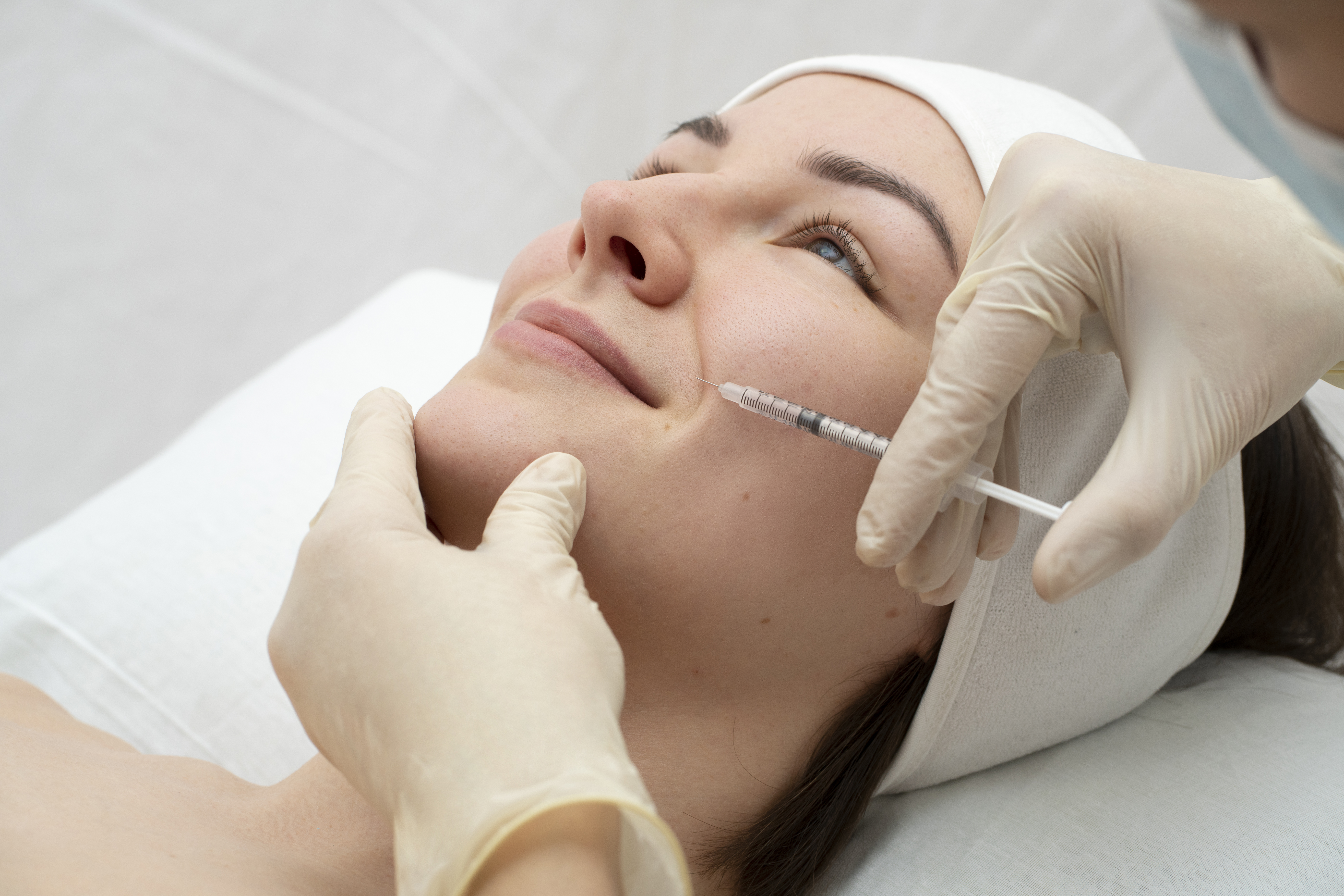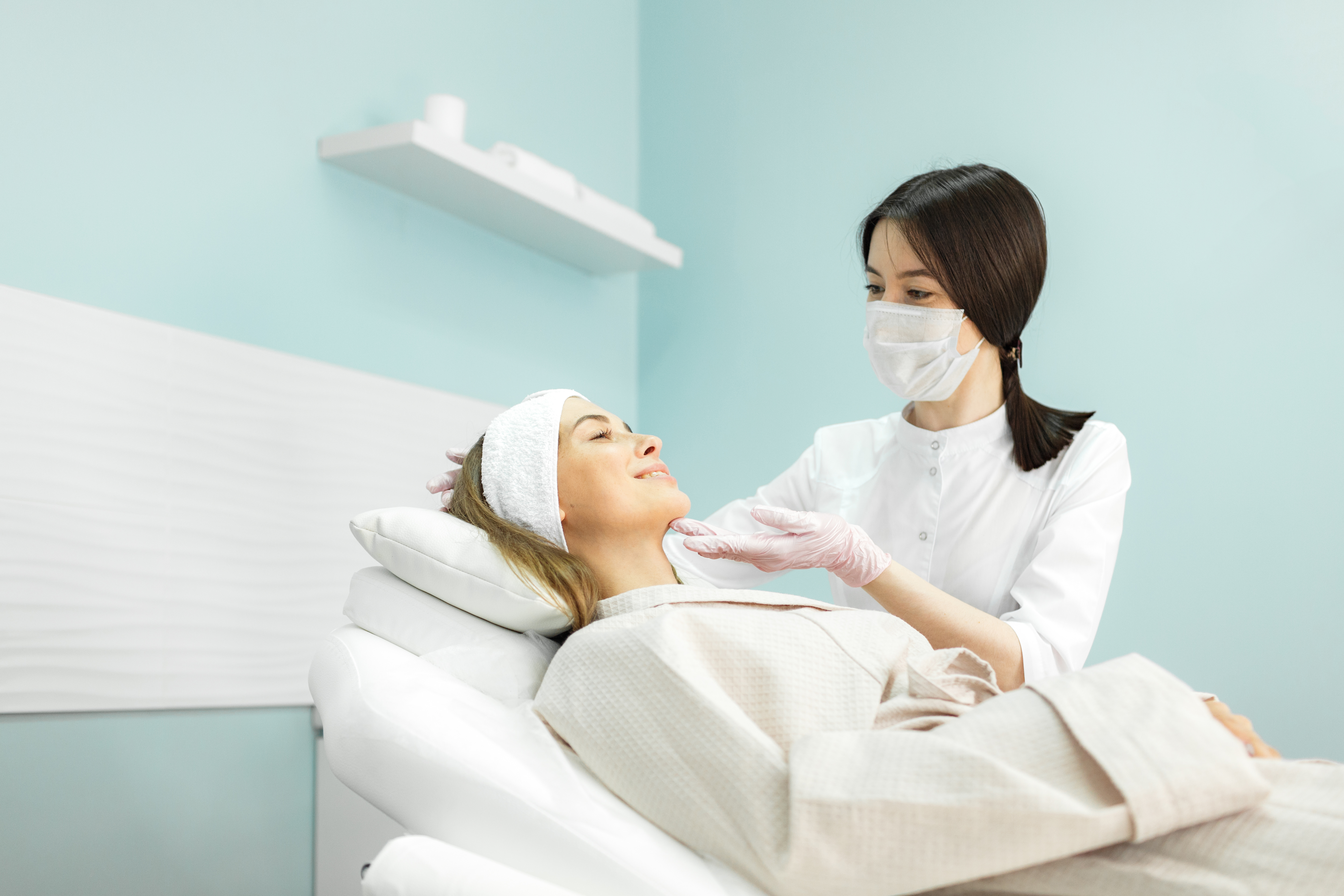
The Side Effects of Dermal Fillers
The side effects of dermal fillers can vary depending on the type of filler used and where it is injected. The most common side effect is bruising, which usually lasts for a week or two. Other potential side effects include: allergic reactions, infection, inflammation, tissue death , and skin ulceration.
What are Dermal Fillers?
Dermal fillers, in the realm of aesthetic medicine, can enhance facial contours, reduce the appearance of wrinkles, and restore lost volume to specific areas of the face without the need for surgery. While the benefits of the treatment are undeniable, it’s crucial to understand the potential side effects associated with dermal fillers.
Common Side Effects of Dermal Filler
1. Swelling and Redness:
Dermal fillers can cause temporary swelling and redness at the injection site. This is a natural response to the treatment and typically subsides within a few days.
2. Pain and Discomfort:
Pain and discomfort at the injection site are common side effects. The level of pain varies from person to person, but it’s usually mild and short-lived. Doctors will apply topical numbing cream before the procedure to minimize discomfort.
3. Allergic Reactions:
Although rare, allergic reactions to dermal fillers can occur. It’s vital to inform your doctor of any allergies beforehand to minimize this risk.
4. Infection:
Infections are a serious but uncommon side effect of dermal fillers. Sterile techniques and experienced aesthetic doctors greatly reduce this risk. If you notice persistent pain, redness, or swelling beyond the initial healing period, consult your doctor immediately.
5. Bruising:
Dermal fillers can sometimes cause bruising. A bruise is a mark on the skin that is caused by bleeding under the surface. It usually appears as a black-and-blue area. This is usually the result of the needle used to inject the filler into the skin. The bruise will typically resolve itself within a week or two. If you are concerned about bruising, you can ask your doctor to use a smaller needle. Some people also bruise more easily than others, so it’s always a good idea to let your doctor know if you have a history of bruising.
6. Itching or Tingling sensation:
If you experience itching or tingling after getting dermal fillers, you should contact your doctor so they can prescribe a medication to help relieve the symptoms. An itch is an annoying sensation that makes you want to scratch your skin whereas tingling is a feeling of pins and needles on your skin. The most common cause of itching is an allergic reaction to the filler material. If you are not sure if you are allergic, your doctor may perform a skin test to determine if you need to stop using the product.
7. Bumps on skin:
In rare cases, dermal fillers can cause bumps under the skin. A bump is a raised area of the skin that may be sore or painful to touch. These bumps are usually harmless and will go away on their own within a few weeks. However, if you are concerned about them, you should contact your doctor so they can check them out. The best way to avoid these bumps is to choose a reputable injector who has experience with dermal fillers.
All of these symptoms can be caused by many different things, so it’s important to see a doctor if you’re experiencing any of them. At GEM Aesthetic Clinic Malaysia, we have our experienced doctors available for consultation to guide you through our dermal filler treatment Malaysia and which procedures are the best suit for you. Don’t hesitate to book a consultation with us now!
What are the other Anti-Aging treatments we offer?
AestheFill, Profhilo, Thread Lift, GEM HIFUPro
In conclusion, while dermal fillers offer transformative results, being aware of potential side effects is essential for making an informed decision. Always choose a qualified and experienced aesthetic doctor like GEM Clinic’s doctors to minimize the risk of side effects and ensure the best possible outcome.

